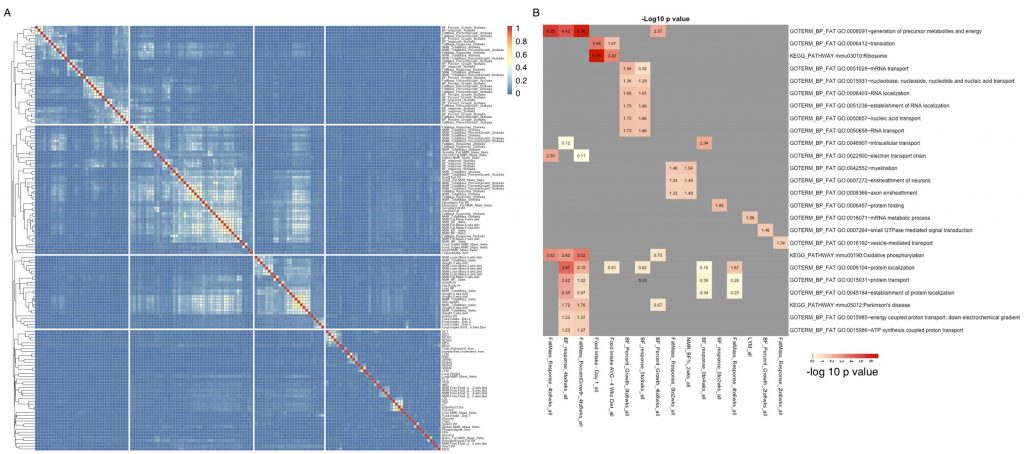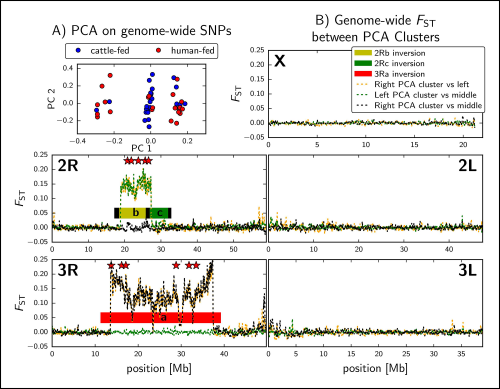This month, the editors of The American Journal of Human Genetics interviewed Eleazar Eskin and Farhad Hormozdiari on their recent paper, “Widespread Allelic Heterogeneity in Complex Traits.” Read the full interview here:
https://blog.ashg.org/2017/06/05/inside-ajhg-eleazar-eskin/







